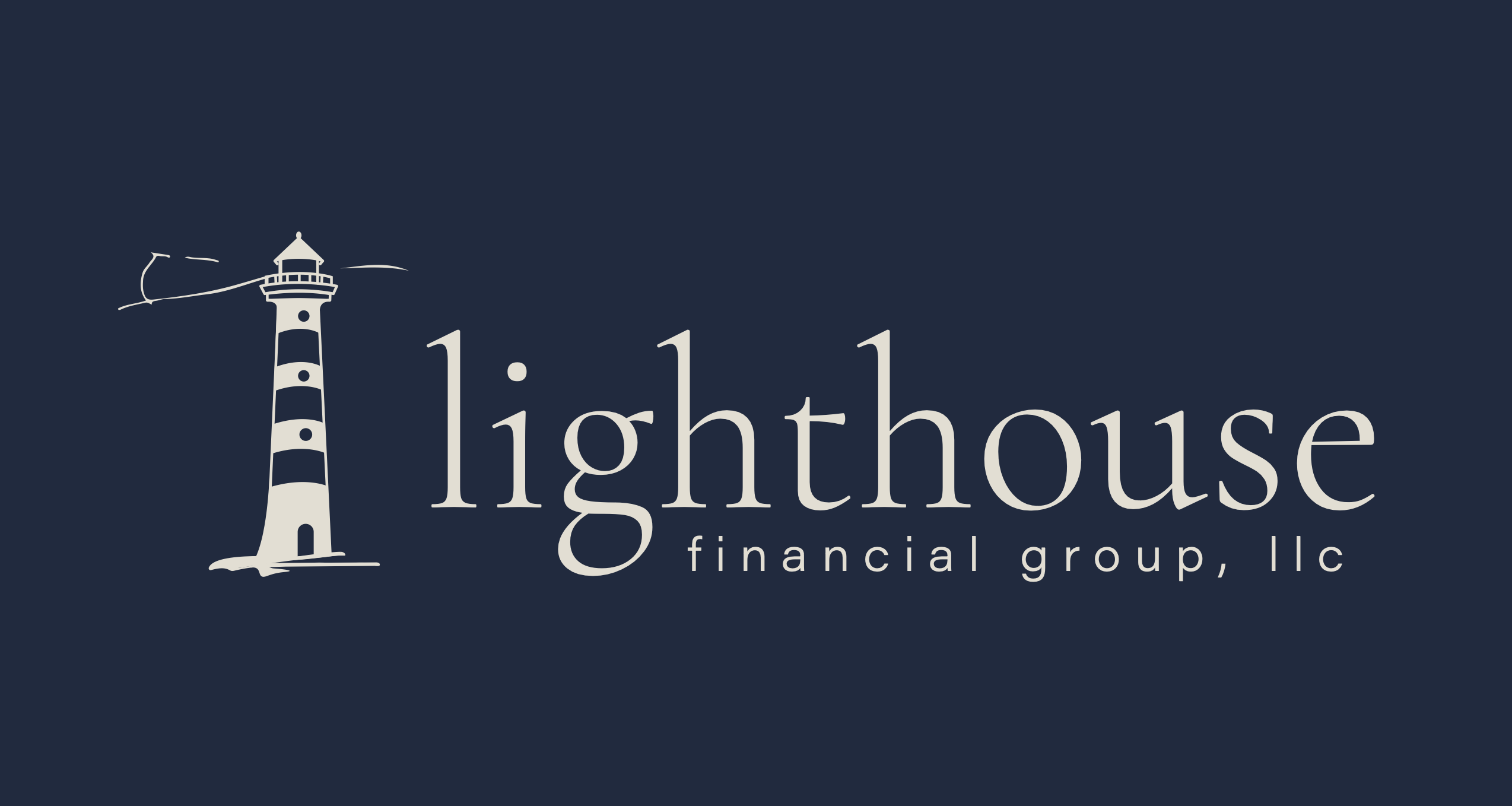
Retirement
Once we have the other steps firmly in place we then move on to investing for the future.
When in comes to investing there are some important things to consider:
When do you want to retire?
How much will you need in retirement?
How much do you need to put away on a yearly/monthly basis to achieve your goal?
Make a Plan*
One of the keys to financial security is to have a financial strategy. You’ll first need to figure out where you’re starting from – for example, how much you owe and how much money have you saved. Then set your goals. Do you want a car, a college education for your children, or a comfortable retirement? Once you know what you want, when you want it, and how much it costs, you can figure out how much you’ll need to save.
Save and Invest for the Long Term**
Perhaps the best protection against risk is time. On any given day the stock market can go up or down. Sometimes a market downturn can last for months or more. But over the years, investors who adopt a “buy and hold” approach to investing tend to come out ahead of those who try to time the market.
Avoid the Costs of Delay***
Time can be one of the most important factors determining how much your money will grow. If you saved $250 a month at 10% interest starting from the time you were 20 years old, by age 65, your savings would total $2,650,000. If you wait until you are 30 years old, you’ll have $949,000 at age 65. In fact, just one year’s delay – waiting until you’re 21 years old to start saving $250 a week at 10% interest – will cost you more than $250,000 by the time you’re 65. (see graph below****)
(The examples in this article are hypothetical and for illustrative purposes only. They assume a steady 10% annual rate of return, which does not represent the return on any actual investment and cannot be guaranteed. Moreover, the examples do not take into account fees and taxes, which would have lowered the final results. Speak with a financial professional about how these examples might relate to your own investing circumstances.)
Types of plans
There are a number of retirement plans that can take advantage of tax deferred savings such as IRAs, 401(k)s, and 403(b)s. Others can even provide tax-free distributions in retirement; such as a Roth IRA (At 59 1/2 years of age or older and held account for at least five years). Which one is appropriate for your goals? We are here to help you learn what can benefit you the most in reaching your retirement goals.
Maybe you are an employer and are looking to both attract and retain top performers while at the same time taking advantage of tax savings for your business. There are a number of employer benefit plans that can help you achieve those goals; such as SEP IRAs, SIMPLE IRAs, 401(k)s, and others. We are here to help you decide which is most appropriate for the vision you have for your business.


